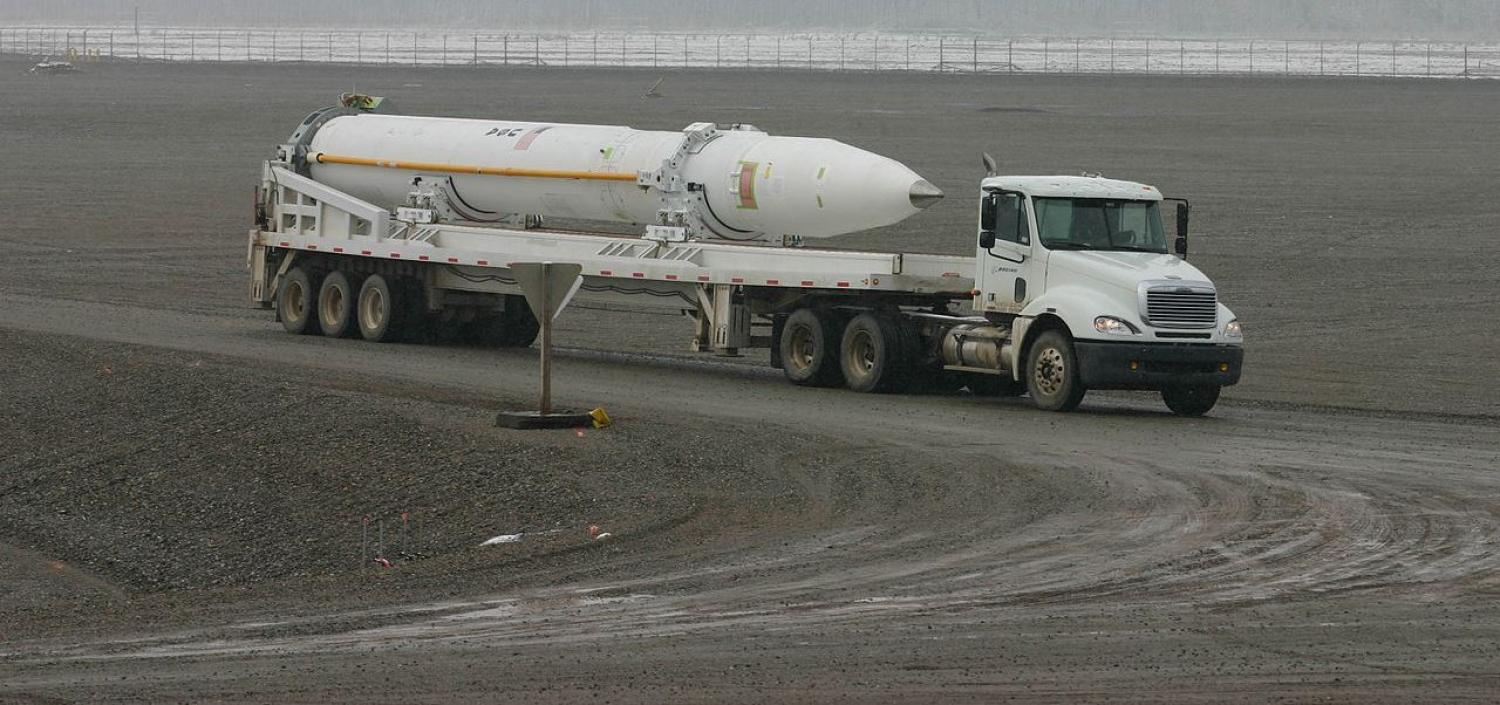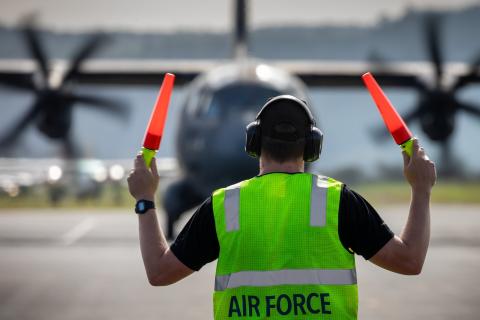Following the most recent tests by North Korea of a missile that might be able to hit Alaska, the prospect of a direct threat to Australia from the Kim regime is exciting the Australian defence debate. Over the weekend, former Prime Minister Kevin Rudd and Prime Minister Malcom Turnbull weighed in in the issue. And yet, in a debate based on analysis-by-soundbite, a range of basic factors - the significance of the threat; the systems that might be useful to defend Australia; indeed, what ‘missile defence’ actually is - risk being very much confused.
First, sooner or later, Australia will come into range of North Korean, possibly Iranian and other countries’ missiles, as the advance of manufacturing technology make ‘rocket science’ increasingly easier than the proverb suggests. However, threat is always a combination of capability, vulnerability and intentions. A missile able to hit the continental US would also give North Korea the capability to hit Australia. But given the importance of US security guarantees on the Korean Peninsula, Washington and its allies have genuine reason to worry about North Korea’s coercive intent directed at the US. Australia, however, is a bystander or bit player at best among the powers of Northeast Asia.
Moreover, while it is true that Australia’s population is among the most concentrated, this does not necessarily translate into a particular vulnerability against a rudimentary North Korean nuclear weapon. The 15 kiloton bomb dropped on Hiroshima, about 2-3 times more powerful than anything North Korea has tested so far, created 5PSI overpressure over a diameter of 3.5km, where 100% fatalities inside buildings would have to be assumed*. Given the low population density of Australia’s large cities, an attack with such a weapon would likely cause fatalities closer to the upper four-digit figures than in the 100,000s, let alone anything in the Cold War nuclear holocaust scale that still reverberates in public imagination and that seems to place any nuclear weapons threat beyond cost-benefit calculation.
Second, the development of North Korean ballistic missiles is just one example of the erosion of the security afforded to Australia by its geographic remoteness. Russia’s demonstrative use of long-range precision attack cruise missiles in Syria, fired from corvettes in the Black Sea as well as submarines in the Mediterranean, is indicative of capabilities increasingly available and deployed in Australia’s own region. China now maintains a regular submarine presence in the Indian Ocean and its large air bases on artificial islands in the South China Sea have brought the unrefuelled range of its bombers significantly closer to Australia’s shores.
Admittedly, cruise missile defence is, technologically, a different problem to defence against ballistic missiles, but it is exactly for this reason that it is important to keep in mind that defence policy and investment must always balance different threats, and must prioritise on the balance of probability and potential harm. In the 1970s and 1980s, Australia struggled to make the ‘Defence of Australia’ doctrine seem relevant, given the rudimentary capabilities of its neighbours. In the 1990s and 2000s, it was increasingly distracted by commitments outside the Asia Pacific. In the future, the difficulty of defending our large continent will increasingly preoccupy our defence policy. But the threat from North Korean missiles will only be one element of that new challenge.
Third, defending Australia against intercontinental ballistic missiles would require some of the most expensive and least versatile pieces of military kit available. Many missile defence interceptors — including Arrow, Patriot, SM-2 and THAAD — are useful against a range of ballistic missiles as well as 'air-breathing' (cruise missiles and aircraft) targets. Not so interceptors that can destroy ICBMs, which have to work in the empty vacuum of space. At a cost per missile of about US$90 million —excluding silos, command & control systems or radar sensors, the Ground-Based Interceptors (GBI) the US placed in Alaska and California are prohibitively expensive and still of uncertain reliability in their current configuration. Yet GBI remains the only system specifically designed to intercept ICBMs.
SM-3 missiles deployed on naval ships cost about $10 million apiece, but the size limitations imposed by the Vertical Launch System (VLS) used on naval ships mean that the missile would struggle to destroy an ICBM unless fired from an optimal intercept geometry. Defending Australia with SM-3 would therefore require a Navy destroyer plowing the seas in an isolated spot off the North Korean coast waiting for a missile that might never come, while burning fuel and having to balance its SM-3 inventory against the self-defence missiles also requiring scarce VLS space. In the 1990s, fuel capacity and VLS cell numbers led the US Navy to prioritise its Ticonderoga Cruisers (122 VLS cells) over the Arleigh Burke destroyers (96 VLS cells) for the SM-3 mission. Alas, Australia’s three new Air Warfare Destroyers will only carry 48 VLS cells and, at least for the first 10 years or so of their service life, a version of the Aegis Combat System that cannot fire the SM-3.
Fourth, intercepting incoming missiles is not the only way of dealing with a missile threat. In the 1991 Gulf War, the improvised effort to destroy missiles before launch proved unsuccessful, but this may say little about a long-prepared campaign against a well-studied and observed opponent. North Korea puts its missiles on road-mobile and sometimes off-road launchers, but these nonetheless still require significant launch and communications infrastructure. Mobility is no panacea, especially for a small country like North Korea (or Iran), and it is here that Australia has many suitable military capabilities to offer for a counter-missile campaign, especially with its fighter and electronic warfare aircraft.
Finally, Australia has been in range of Russian and Chinese nuclear missiles for decades, and had good grounds to believe that some of those missiles were actually aimed at Australian targets during the Cold War. After some temporary jitters following the first Chinese nuclear test in the 1960s, we were largely comfortably relying on US nuclear deterrence in managing that threat, even if (or because) we so far have not needed explicit guarantees or specific reassurance, as did other US allies that were much closer to the threat. As the threat increases, thinking through our the declaratory and practical aspects of our extended-deterrence dependence on the US will thus become increasingly important.
Overall, the problem of the North Korean ballistic missile threat is thus both more intractable, but also less dramatic, than the calls for an Australian national missile defence suggest. One could imagine that a combination of domestic politics, shipyard workforce demands and the North Korean missile tests may end up delivering the Navy a fourth, SM-3 capable Air Warfare Destroyer in the near future. However, we should not confuse ourselves that such an expensive acquisition — justified as it may be for all the other things such a ship can do — does much to make Australia more secure from the young Kim’s new toys.
* CORRECTION: Authoritative estimates for the September 2016 test range from 15-20 kilotons to up to 20-30 kilotons.

